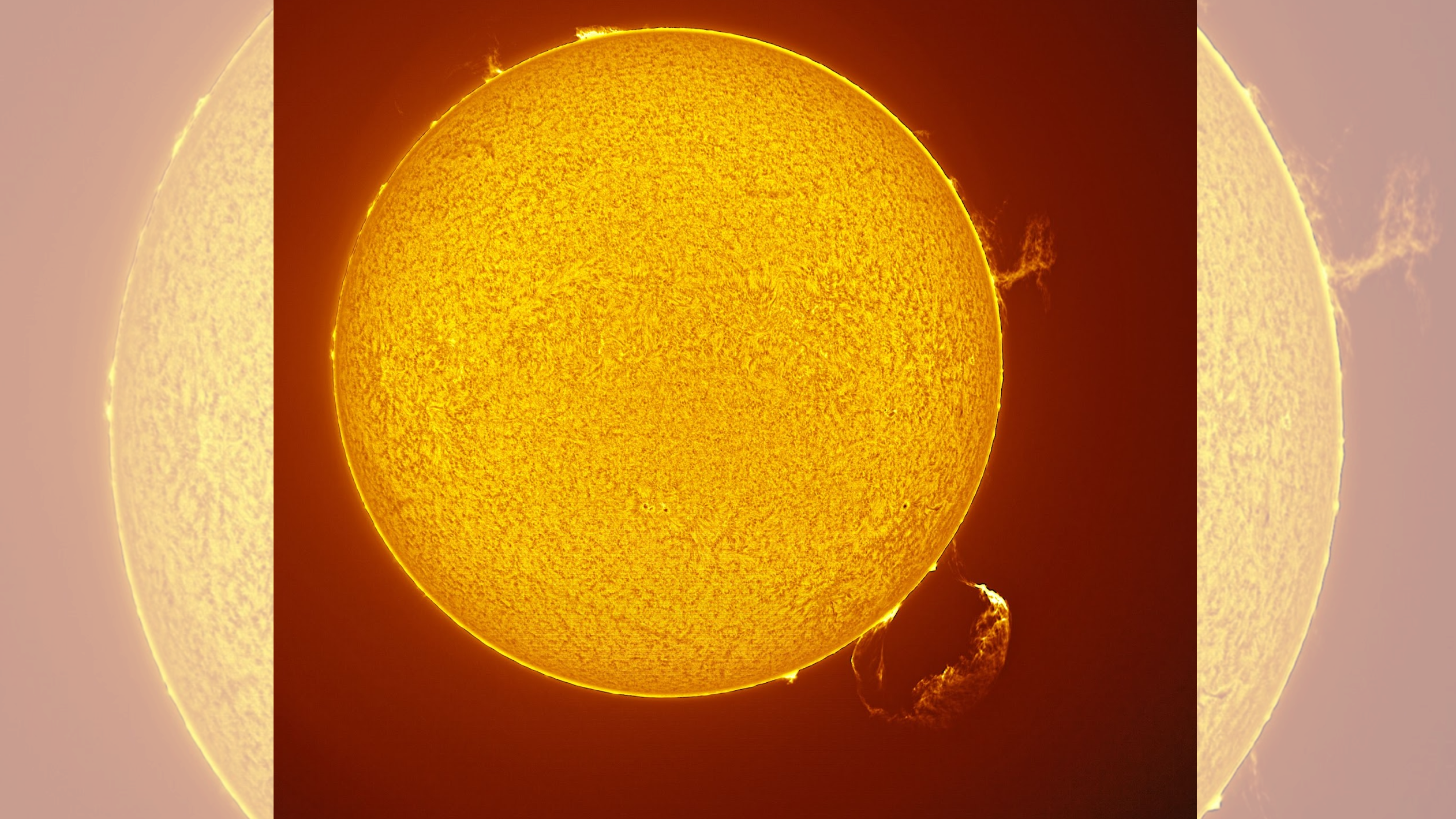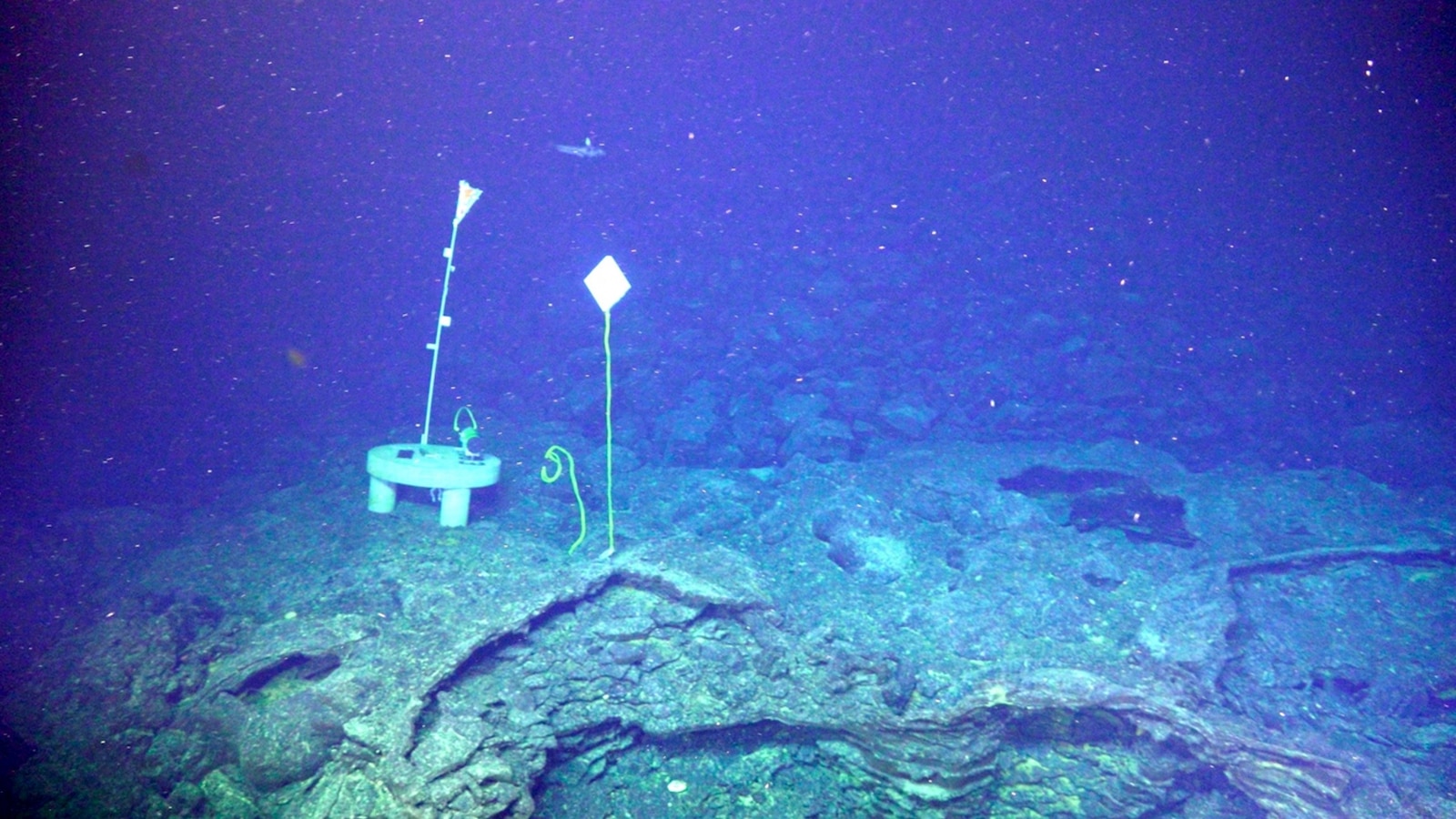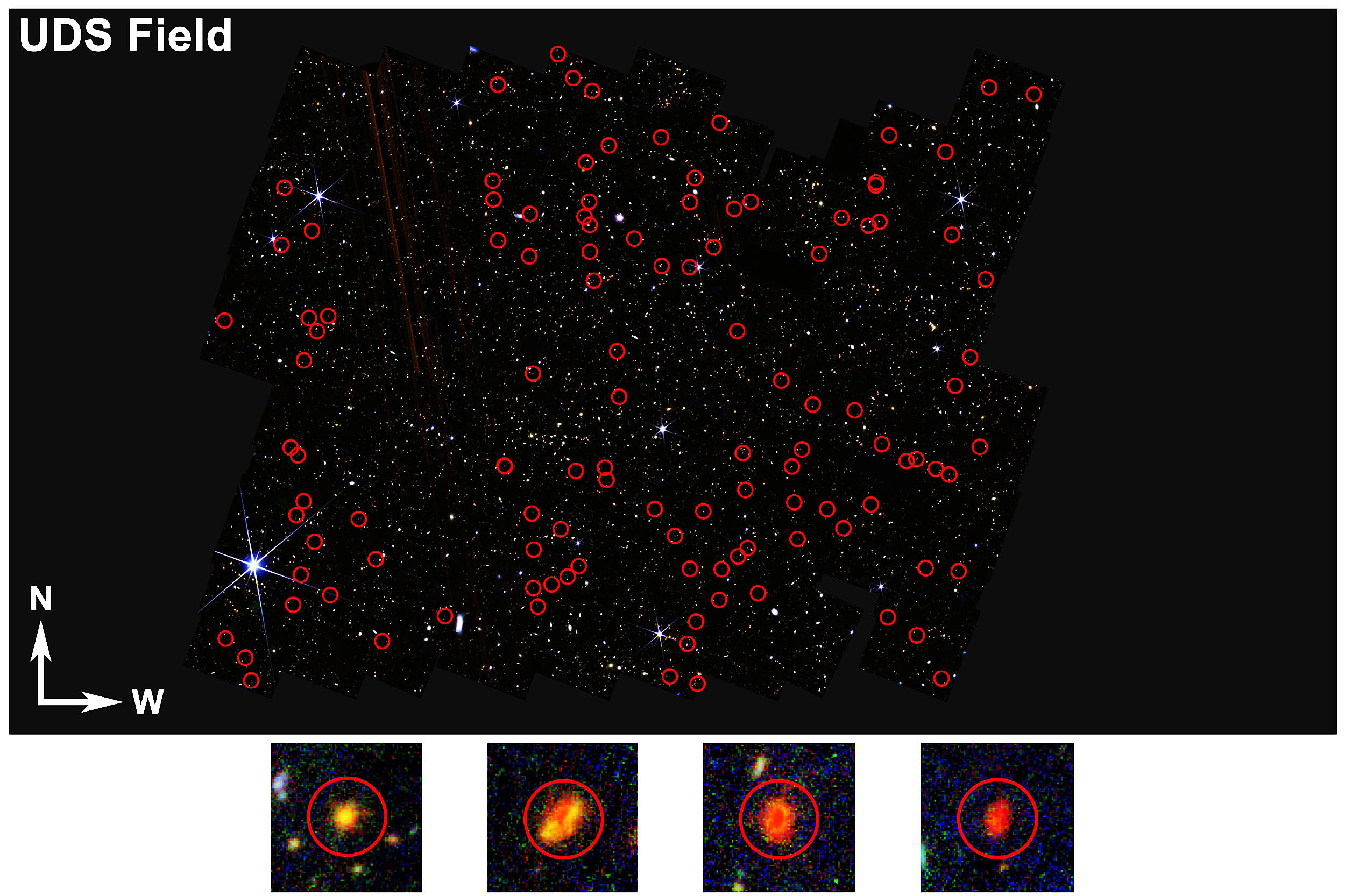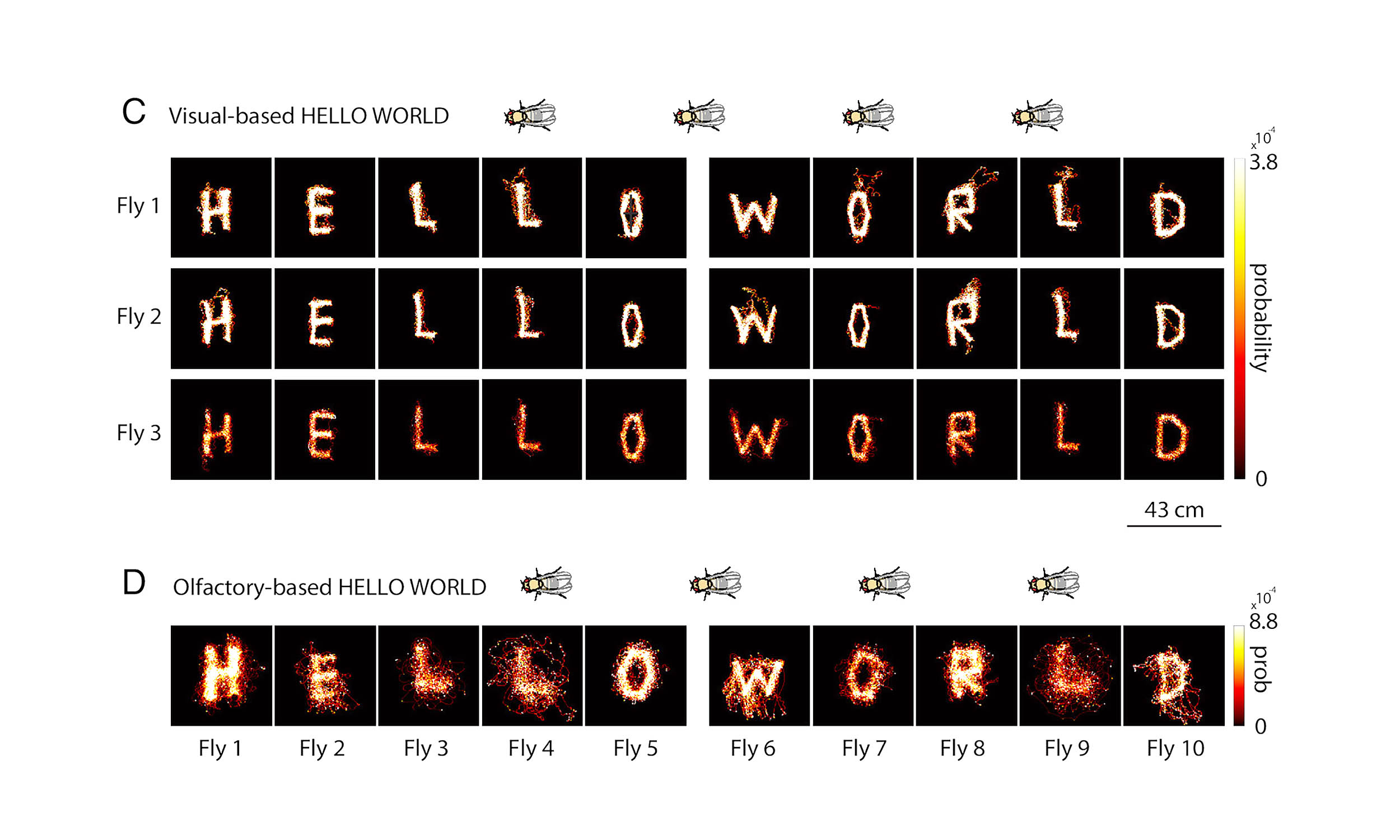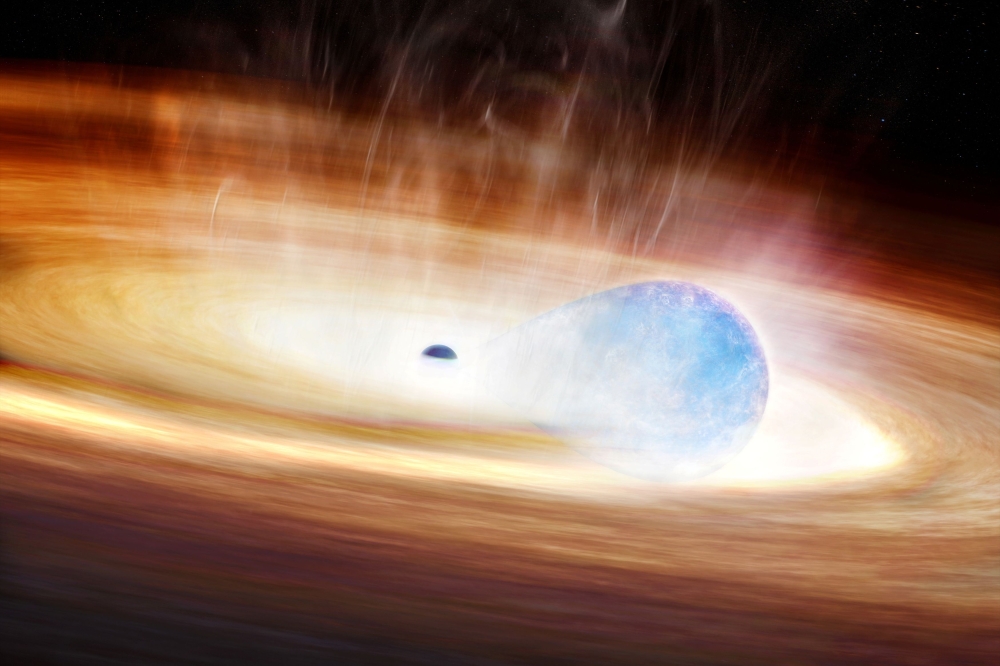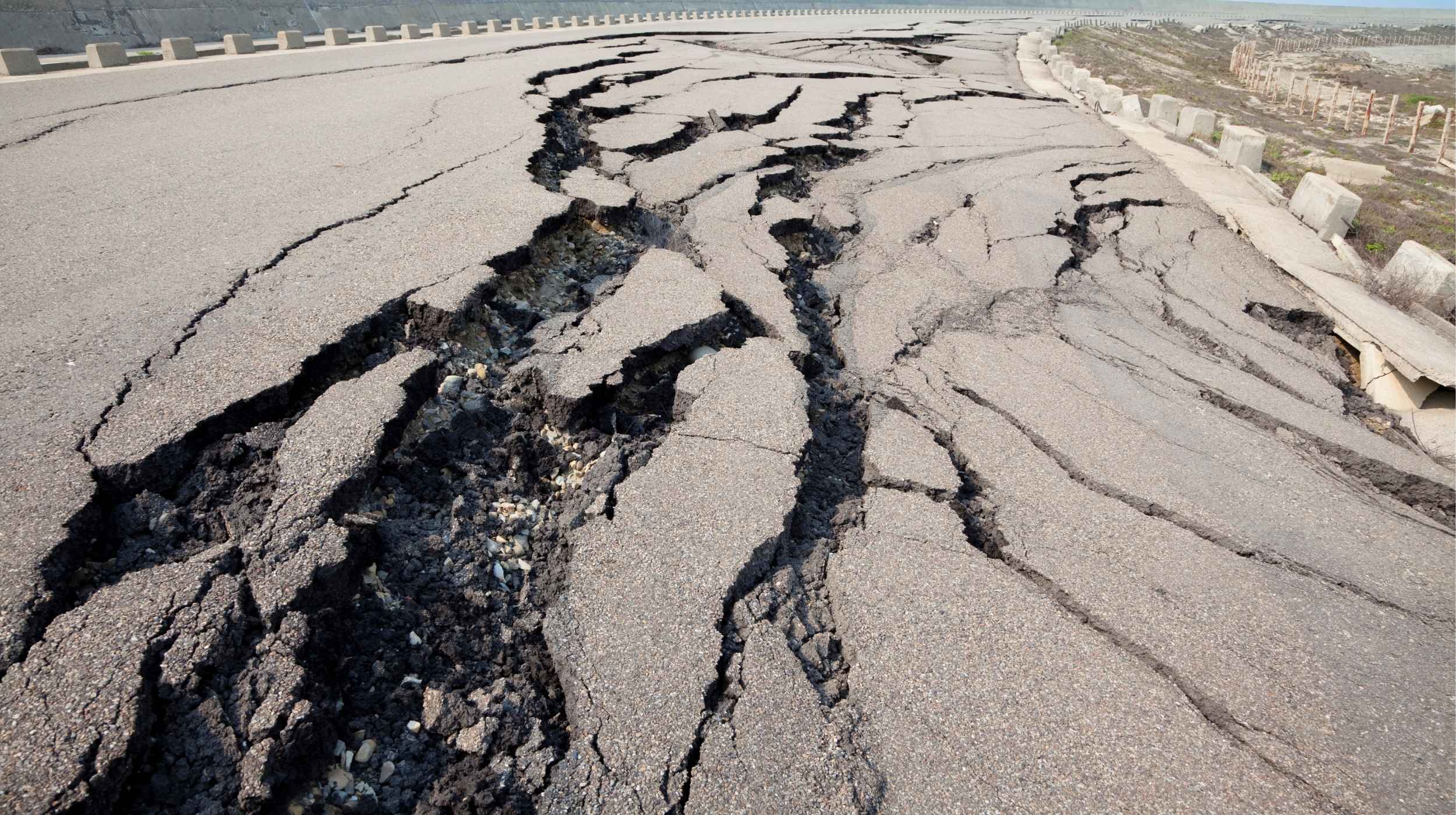What Earth-Shaking Mystery Was Discovered in Greenland's Dickson Fjord?

Imagine this: Every 90 seconds, the Earth shook as if caught in the grip of an invisible force. Sounds like a scene from a sci-fi movie, right? But this was the reality in September 2023 when seismic detectors around the globe began picking up a mysterious signal, hinting at something monumental happening beneath the surface.
Initially, scientists were left scratching their heads, unsure of what could cause such unusual tremors. However, after a second signal appeared in October, researchers delved deeper, proposing a theory that could explain this seismic mystery. They suggested that the tremors were a result of standing waves — or seiches — created by landslides that triggered massive tsunamis in a narrow waterway off Greenland's coast.
Engineers from the University of Oxford took this theory a step further, using satellite altimetry data from the Surface Water Ocean Topography (SWOT) mission to visualize these seiches for the first time. According to team co-leader Thomas Monahan, this breakthrough gave them an “unprecedented view into Dickson Fjord,” allowing them to capture high-resolution images showing just how dramatic the sea surface height changes were during those crucial days in September and October.
These detailed maps revealed striking slopes across the fjord that varied by up to two meters, illustrating a wild dance of water moving back and forth across the channel. But the excitement didn't stop there. The real challenge for the researchers was proving that what they observed was indeed a seiche, not just an ordinary wave. They approached this like a thrilling game of Cluedo, methodically ruling out other oceanographic suspects while linking their slope measurements to ground-based seismic data, which recorded how the Earth’s crust reacted as the wave passed through.
While no witnesses were present in Dickson Fjord during the seiches, the team’s estimates paint a picture of sheer terror. The September seiche peaked at a staggering 7.9 meters, while the October seiche reached about 3.9 meters. Monahan described the force generated as equivalent to 14 Saturn V rockets launching simultaneously, exerting around 500 GN of force—the kind of impact that could literally shake the Earth for days.
The unique geometry of the fjord played a critical role in amplifying these events. A sharp bend near the outlet acted like a natural amplifier, allowing the seiches to resonate and reverberate, striking the Earth’s crust repeatedly and creating seismic waves detectable worldwide.
As for the cause of these seismic waves, Monahan suggests that climate change might be a significant factor. As glaciers melt, they undergo a process known as de-buttressing, where the loss of ice support leads to rock collapses. This could explain the two enormous landslides in Dickson Fjord within a month. The researchers warn that as climate change continues, the risk of tsunamigenic landslides is likely to increase, especially in steep, ice-covered environments.
Moving forward, the team is eager to understand how these seiches dissipate after forming. Monahan notes that while previous studies have simulated how megatsunamis stabilize into seiches, the decay process remains poorly understood. To tackle this, they aim to leverage SWOT satellite observations to better model these intricate processes.
The findings, published in Nature Communications, highlight the vital role advanced satellites like SWOT play in filling observational gaps in our understanding of these natural phenomena. Yet, to maximize these capabilities, researchers require improved algorithms designed for complex fjord environments and novel techniques for interpreting the vast amounts of data they collect. As Monahan aptly puts it, “We think scientific machine learning will be extremely useful here.”










